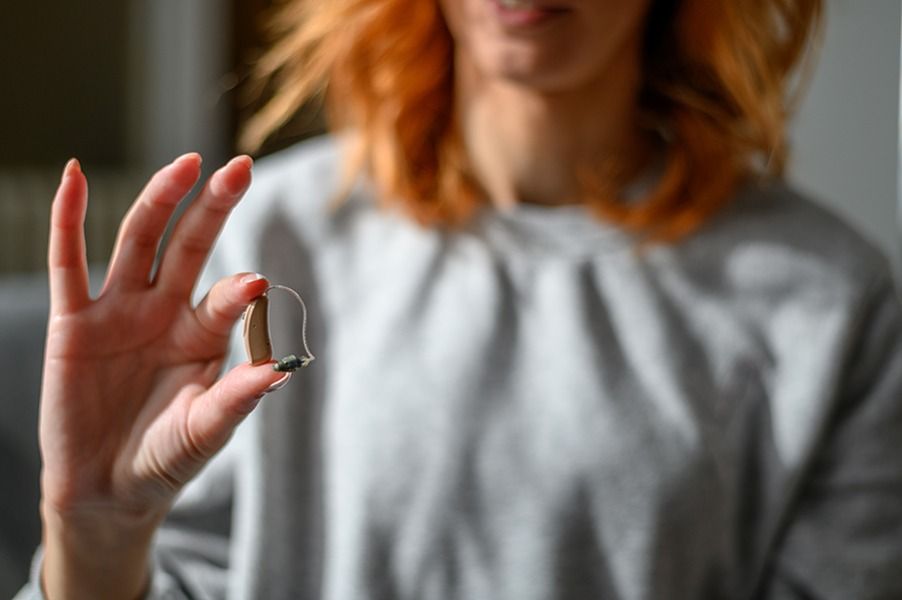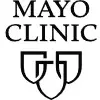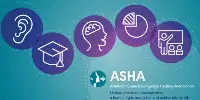Introduction
Navigating the world with otosclerosis can be a daunting journey. The delicate symphony of sounds we often take for granted becomes a challenging labyrinth to negotiate. But as you traverse this path, it’s crucial to remember you’re not alone. Your experiences are shared, your worries understood, and your resilience admired.
This blog post aims to be your compassionate guide, illuminating the complex aspects of otosclerosis – from its diagnosis and staging to understanding its progression, the role of audiometric testing, the symptoms, and the current treatment options. We understand that being well-informed about your condition can not only equip you better to manage it but also instill confidence and optimism in your daily life.
Our empathetic approach is all about helping you see beyond the medical jargon. We’ll delve deeper into the key aspects of otosclerosis, using clear language and relatable examples. We want you to feel empowered by knowledge and reassured that you’re not alone in your journey.
As we navigate this labyrinth together, it’s essential to remember that your experience is more than just a clinical diagnosis. It’s about the strength within you, the daily victories, and the understanding you gain along the way. Let’s begin our exploration into the world of otosclerosis.
The Diagnosis and Staging of Otosclerosis
Diagnosing otosclerosis involves a careful understanding of your symptoms, a thorough medical history, and specific audiological evaluations. The process may start with a general examination of your ears, followed by a detailed conversation about your hearing experiences and any family history of hearing disorders.
One aspect that clinicians often rely on to diagnose otosclerosis is a specific type of hearing loss known as conductive hearing loss. This occurs when sound is not conducted efficiently through the outer and middle ear, commonly caused by the hardening of the stapes bone in otosclerosis.
In addition to this initial diagnosis, your doctor may use imaging techniques like CT scans for more accurate visualization of the middle and inner ear. These images can reveal the abnormal bone growth characteristic of otosclerosis.
Staging otosclerosis is not as straightforward as with some other conditions, mainly because it tends to progress at different rates in different people. However, doctors can generally classify the condition based on the area of the ear affected and the degree of hearing loss.
Understanding the Progression of Otosclerosis
Otosclerosis is a journey that unfolds gradually. Its progression is often slow and variable, with the course of the condition differing widely among individuals. For some, otosclerosis may progress quickly over a few years, while for others, it may take decades.
The initial stage of otosclerosis typically involves the abnormal bone growth around the stapes, causing a gradual decrease in its mobility. This primarily results in conductive hearing loss, with challenges in transmitting sound waves from the middle to the inner ear.
As the condition advances, the otosclerotic bone can potentially involve the cochlea – the inner ear structure responsible for converting sound waves into nerve impulses. This stage, known as cochlear otosclerosis, can result in a more severe type of hearing loss known as sensorineural hearing loss. It’s essential to understand this progression and discuss with your healthcare provider any changes in your hearing experiences.
QUIZ - CURRENT RESEARCH ON HEARING LOSS
The Role of Audiometric Testing in Otosclerosis
Audiometric testing plays a crucial role in diagnosing and monitoring the progression of otosclerosis. These tests measure your ability to hear sounds of varying pitches and volumes and can provide detailed information about the type and extent of your hearing loss.
Pure-tone audiometry is one of the standard tests used in diagnosing otosclerosis. This test involves you wearing headphones and responding to a series of tones. The test results, known as an audiogram, will illustrate the softest sounds you can hear at various frequencies, helping identify any hearing loss.
Another test, bone conduction audiometry, measures how well the inner ear, or cochlea, is functioning. It bypasses the outer and middle ear where otosclerosis occurs, giving an indication of your natural hearing ability.
In addition to these, a clinician may use a test called tympanometry, which assesses the movement of your eardrum in response to changes in air pressure. In otosclerosis, the mobility of the eardrum can be affected due to the fixed stapes, and this test can help in supporting the diagnosis.
Audiometric testing not only assists in the initial diagnosis but is also invaluable in tracking the progression of otosclerosis over time. Regular check-ups and audiograms can provide insight into any changes in your hearing and inform treatment decisions.
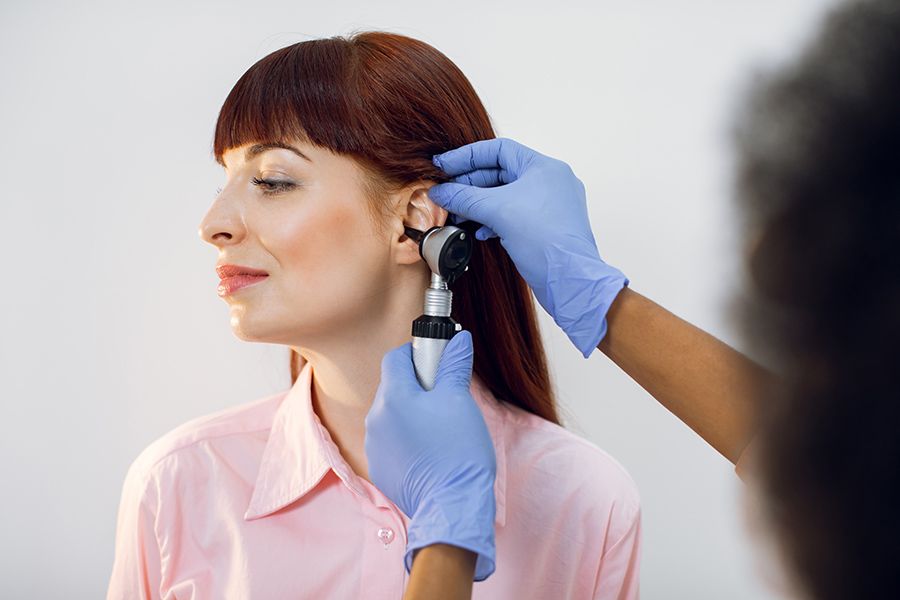
“What Did You Say?” Protect Your Hearing – Hearing Loss Is Irreversible
Introduction Hearing loss is a common and often overlooked health issue that affects millions of people worldwide. Whether it is due to exposure to loud
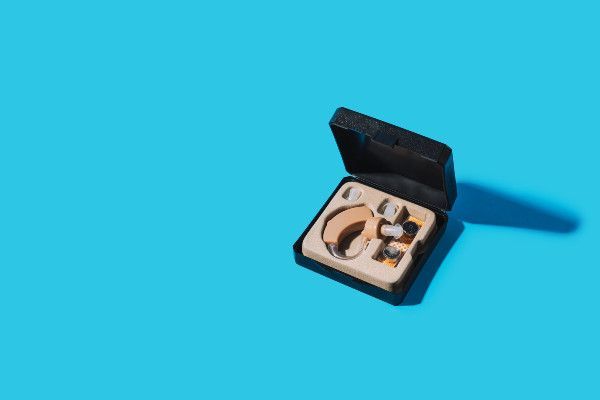
11 ways to improve sleep better with tinnitus
There are few points in life extra frustrating than transforming and tossing in bed when you simply wish to fall asleep.You stare at the clock,
The Symptoms and Diagnosis of Otosclerosis
Understanding the symptoms of otosclerosis is the first step towards getting an accurate diagnosis. The most common symptom is a progressive hearing loss, often starting in one ear and eventually involving the other. The loss usually begins with difficulty hearing low-pitched sounds or whispers.
Some individuals may also experience tinnitus, a sensation of ringing, buzzing, or hissing in the ears. Others may experience dizziness or balance problems, although this is less common. Remember, each individual’s journey with otosclerosis is unique, and symptoms can vary.
The diagnosis of otosclerosis involves a thorough evaluation of these symptoms, along with a comprehensive audiological examination. Your clinician will combine all this information to arrive at a diagnosis. It’s essential to discuss all your symptoms openly with your healthcare provider, as this can aid in a more accurate diagnosis and subsequent treatment.
Current Treatment Options for Otosclerosis
Once otosclerosis is diagnosed, what comes next? There are several treatment options available, depending on the severity of your symptoms and how otosclerosis affects your daily life.
The initial treatment often involves observation and the use of hearing aids. These devices amplify sound, improving your ability to hear. They can be beneficial in the early stages of otosclerosis and are a non-invasive option.
In some cases, medication like sodium fluoride is prescribed to slow the progression of otosclerosis, especially when the cochlea is involved. However, the effectiveness of these medications varies from person to person.
The mainstay of treatment for otosclerosis is surgery, specifically a procedure called stapedectomy. This involves removing part or all of the hardened stapes bone and replacing it with a prosthetic device. This procedure can significantly improve hearing in many cases.
Each treatment option comes with its own set of considerations, and the best approach depends on your individual circumstances. It’s essential to have open and detailed discussions with your healthcare provider to understand the best course of action for you.
AMZ-Lexie Lumen Self-Fitting OTC Hearing Aids
Experience the Ultimate Sound Quality with Lexie Lumen self-fitting OTC hearing aids. These remarkable devices utilize dual microphones to deliver crystal clear sound, immersing you in a world of auditory excellence. Say goodbye to communication struggles in public spaces or on phone calls, as our Telecoil functionality directs speech directly to your hearing aids via an induction loop system. Rediscover the joy of hearing with unmatched clarity and precision.
Embrace an Active Lifestyle with Lexie Lumen hearing aids. Our cutting-edge sweatproof technology, including Nano coating, safeguards against moisture damage, allowing you to wear your hearing aids during outdoor activities like walks, runs, and open-air events. With Lexie, you can live life to the fullest without compromising on the quality or lifespan of your devices. Don’t let hearing loss hold you back—experience the freedom of superior hearing with Lexie Lumen self-fitting OTC hearing aids.
Conclusion
Navigating through the intricate world of otosclerosis can seem challenging, but remember, you are not alone in your journey. Every step forward, every piece of knowledge gained, and every shared experience adds to your strength and resilience.
In this post, we’ve explored the critical aspects of otosclerosis, shedding light on its diagnosis and staging, understanding its progression, the role of audiometric testing, symptoms, and current treatment options. Our hope is that this information empowers you to face otosclerosis with confidence and optimism.
We hope that this exploration has enriched your understanding of otosclerosis and provided you with a sense of camaraderie. As we conclude this post, remember that your journey with otosclerosis is a testament to your strength and resilience, and each day brings new opportunities for learning, growth, and connection with others who share your experience.
Just as every echo holds a unique melody, every experience with otosclerosis holds a distinct narrative. And as we delve into these narratives, we find strength, understanding, and a common thread that binds us all. It’s these echoes in silence that remind us we’re never alone in our journey.
As we wind down, remember that understanding your condition is the first step towards empowerment. Whether it’s recognizing the signs, comprehending the tests, or evaluating treatment options, knowledge can be your compass. It’s this understanding that can guide you as you navigate the labyrinth of otosclerosis, leading you towards hope, resilience, and empowerment.
While otosclerosis may be a part of your life, it doesn’t define you. It’s simply a note in the symphony of your life experience. And as we learn to understand this note, to navigate it, and to live with it, we find a resonance that empowers us and echoes our strength.
And as you continue to navigate the journey that is otosclerosis, remember that there is strength in shared experiences and comfort in shared understanding. Together, we can ensure that the echoes of otosclerosis do not remain in silence but become harmonious notes in our shared symphony of understanding and resilience.

